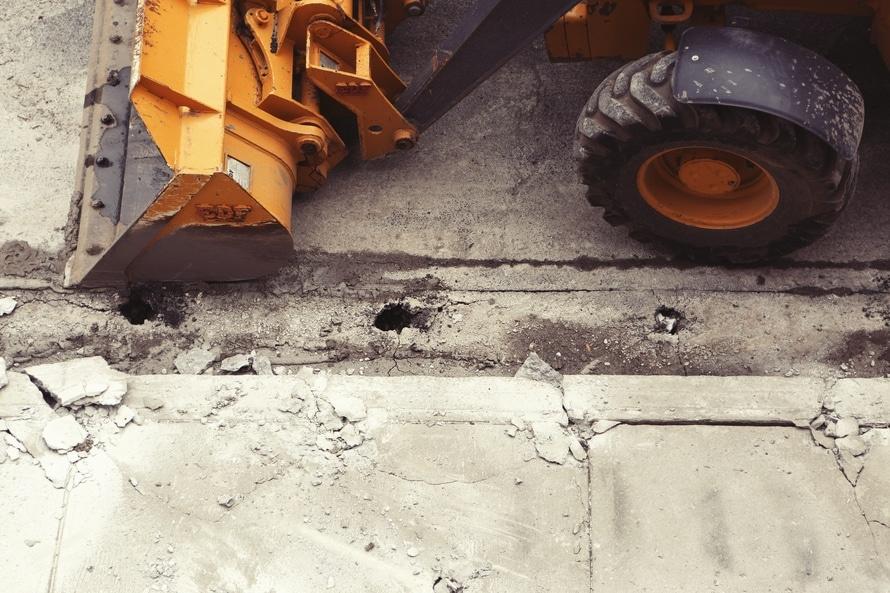We have a strong focus on sustainability. Among the products and services we offer to promote this effort is environmental surveying. Environmental surveyors use general surveying techniques to investigate and identify the potential impact of environmental factors on construction and real estate developments, and vice versa. In other words, environmental surveying seeks to understand the symbiotic relationship that exists between the environment and architectural development.
A baseline—or control—environmental survey is typically conducted just before or during the initial stages of a project. This multi-disciplinary survey seeks to identify the potential for past and present site contamination from hazardous materials, petroleum products, and other pollution sources and identifies possible environmental or occupational health vulnerabilities and risks. Environmental surveys are commonly undertaken on sites adversely impacted by hazardous substances toward creating a reclamation or mitigation plan.
Once baseline data is determined the usual next step is a topography survey to collect information on the existing physical features of a particular area. These surveys are common when designing buildings, roads, subdivisions, parking lots, utility corridors, or athletic fields, for example, as they show horizontal and vertical dimensions and elevations of the parcel, utility structures, preexisting buildings and parking areas, and roads.
Environmental surveys are also used to conduct:
- Flood risk assessments on new construction
- Contaminated land assessments to determine the threat level posed to proposed or existing buildings
- Environmental screening to determine whether the property may be susceptible to some type of environmental hazard such as ground gas, polluted soil, or contaminated water
- Monitoring well water for potential pollution risks
- Fire risk assessments
- Asbestos surveys in older structures
Environmental surveyors rely on various data sources to generate their reports, including:
- Historical data from older surveys and maps
- Water sampling
- Earth sampling
- Geometric data
- Geographic information systems to cross-reference map and statistical data
- Visual inspections
For more information please contact us.




